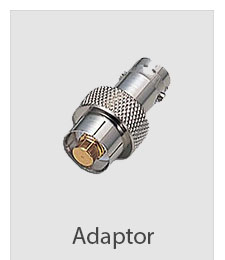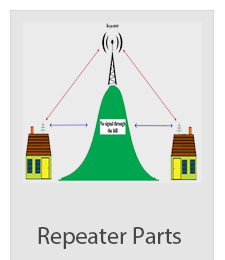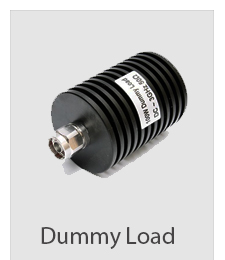LED Light Bulbs Work
The light bulb that has lit up our homes since the 1800s is officially on its way out. The inefficient incandescent, which loses most of its energy as heat, has fallen out of favor with the financially and ecologically concerned; starting in 2012, U.S. residents won't be able to buy one even if they want to [source: Linden]. The government is taking the little energy suckers off the market.
The prime replacement for the incandescent light bulb is the higher-efficiency compact fluorescent, or CFL. The CFL, though, has its own problems, primarily the inclusion of toxic mercury in the design and a strange, sometimes unpleasant color that even gives some people headaches.
Enter the LED, or light-emitting diode. LEDs have been around for many years -- they light up digital clocks, Christmas lights, flashlights and traffic signals, and they tell you when you've got a new voicemail message on your cell phone. But as far as household lighting goes, LEDs have never really taken off. Certain drawbacks have kept companies from manufacturing them in standard, replacement-size light bulb form.
In the last few years, though, these LED replacement bulbs, the kind you just screw into a lamp like you do an incandescent bulb, have become much more common -- which is to say a fair number of businesses and a handful of households are using them.
In some ways, LED light bulbs are a perfect technology. But they still have a way to go before they become the higher-efficiency bulb of choice. In this article, we'll find out why. We'll look into how they work, why they're a desirable lighting choice, and what will have to change before the rest of us start using them in our bedside lamps.
An LED is what's called a "solid-state lighting" technology, or SSL. Basically, instead of emitting light from a vacuum (as in an incandescent bulb) or a gas (as in a CFL), an SSL emits light from a piece of solid matter. In the case of a traditional LED, that piece of matter is a semiconductor.
Stated very simply, an LED produces light when electrons move around within its semiconductor structure.
|

















